Green Gallery: Signs of Early Spring in Brooklyn
Signs of an Early Spring
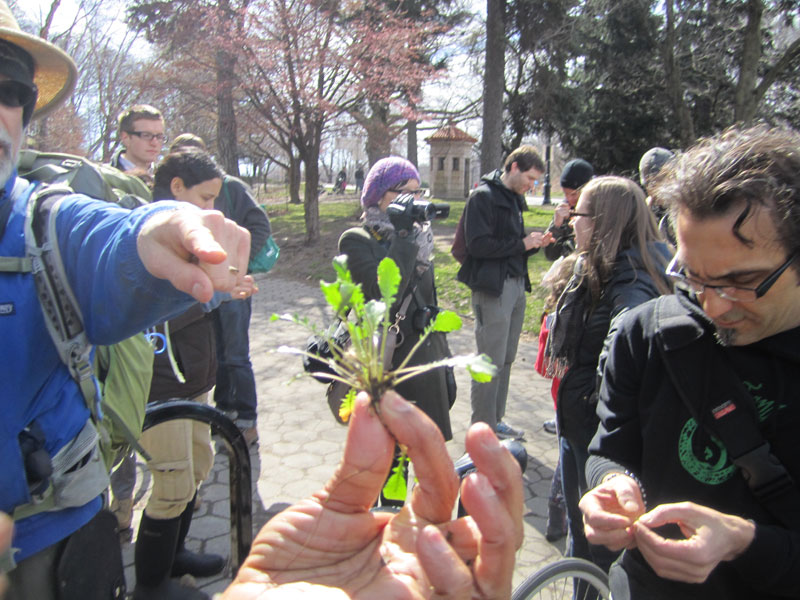
On a foraging tour for edible plants in a Brooklyn park on March 4, guide Steve Brill (on the left) found some surprises thanks to an unusually mild winter. As he starts his 30th year of tours, Brill says he has watched the arrival of spring creep up by about three weeks. This year, after an unusually mild winter, is unprecedented, he said. Poor man's pepper (center) usually doesn't show up this early in the spring, but today it was the first plant he found for the group.
Cherry Blossoms
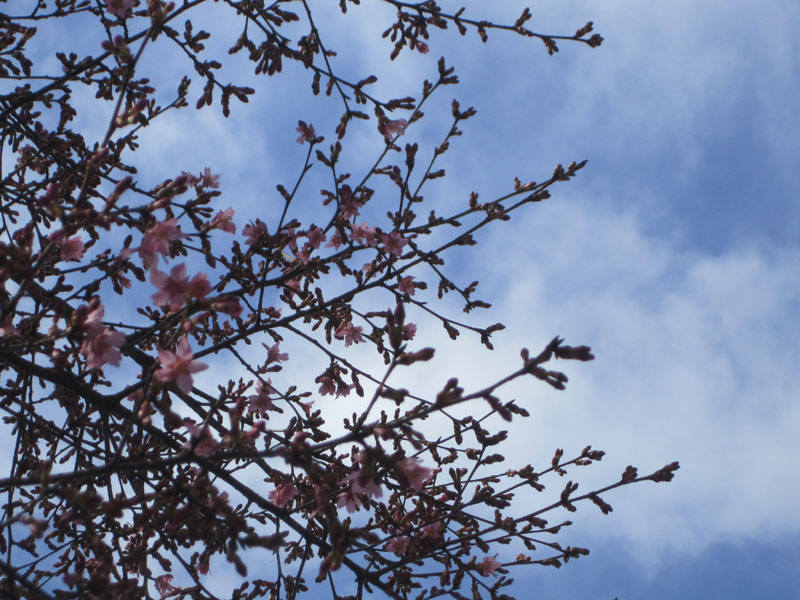
More research is showing that the timing of seasonal events, like the appearance of plants first leaves and flowers, or bird migrations, is shifting. Research based on observations of lilacs and honeysuckle indicates these signs of spring have crept forward by about 1 day per decade between 1955 and 2002 across much of the temperate Northern Hemisphere.
Yellow Wood Sorrel
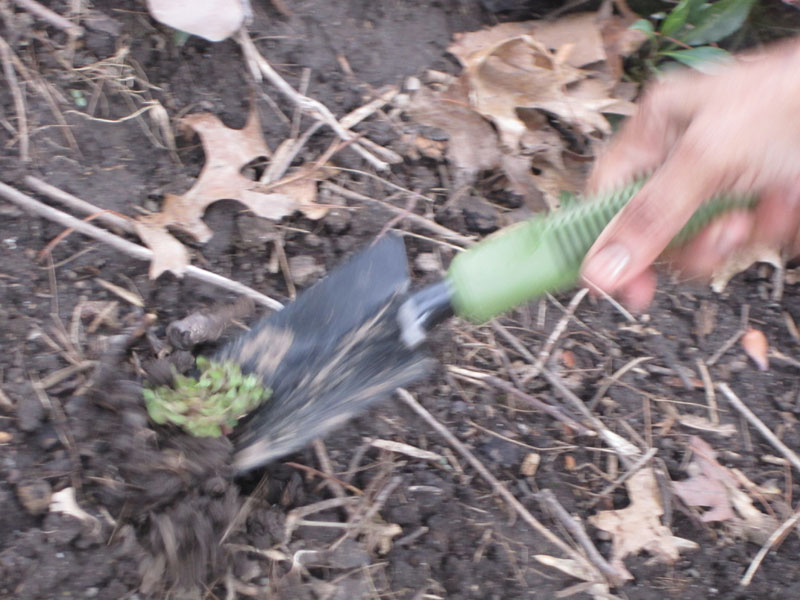
Digging out another unusual find for early March: yellow wood sorrel. This lemon-flavored plant doesn't normally show up for at least another month, Brill said.
Garlic Mustard
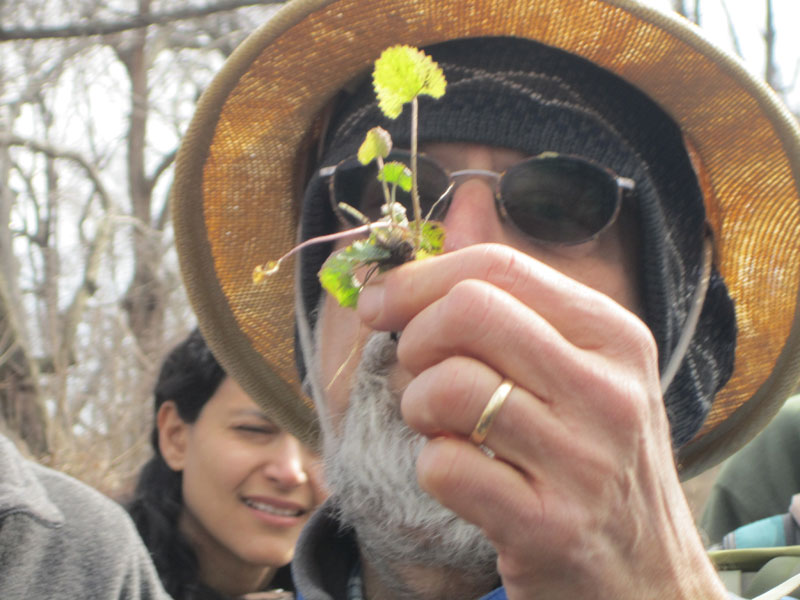
Steve Brill holds a young garlic mustard plant. He recommends this wild green go into salads. For the past three decades his tours have started in early March, but they used to be winter tours he said. "I would show people how to make tea with pine needles and the twigs of sassafras, and I would show people the skeletons of out-of-season plants," Brill said.
New Green Leaves
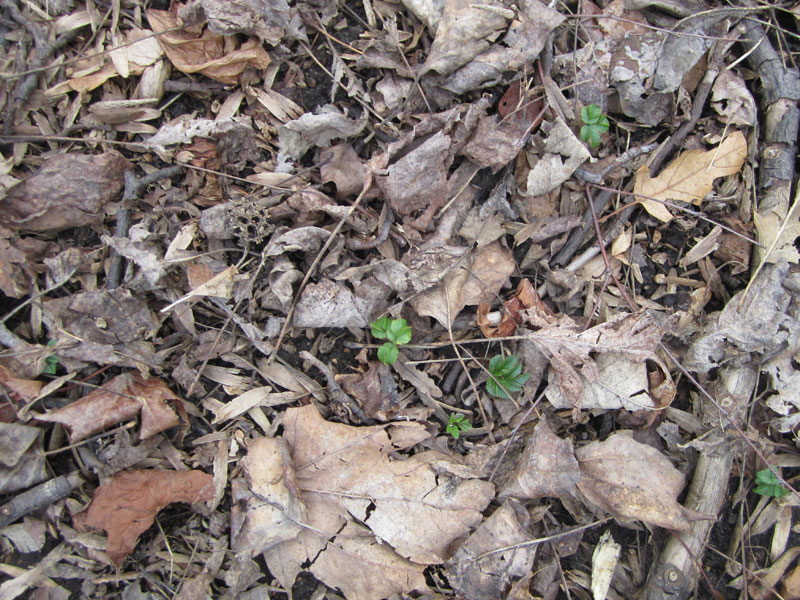
The first green leaves of spring peaked through dead ones from last year.
Crocuses on Forest Path
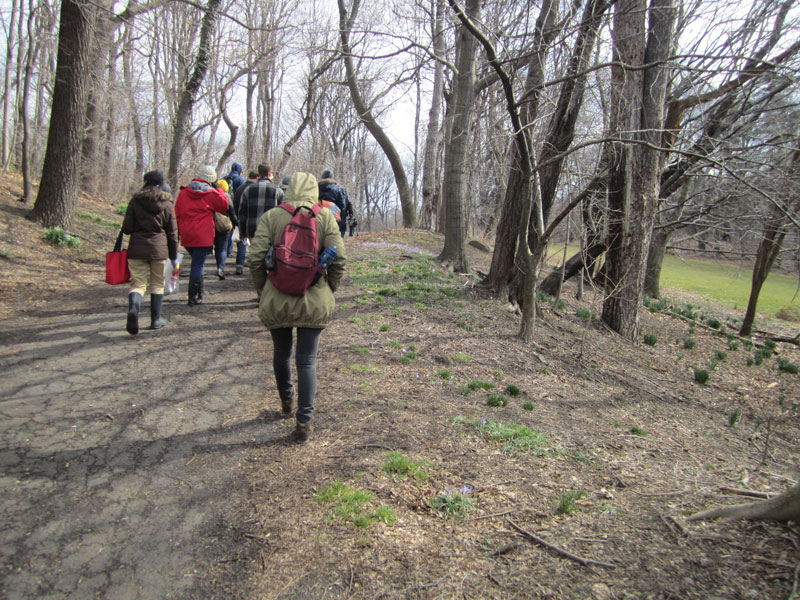
Crocuses add a purple hue to the side of a path in Prospect Park in Brooklyn. Urban areas, like New York City, are warming more quickly than elsewhere because of the urban heat island effect, which happens when pavement, sidewalks and buildings absorb more heat than a natural environment.
Star of Bethlehem
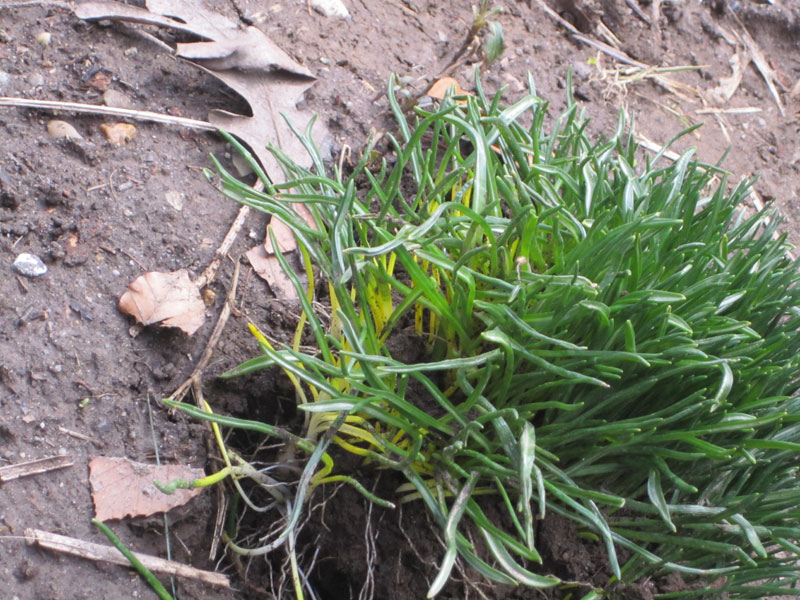
A spring green to avoid: Star of Bethlehem is poisonous. Meteorologists attribute this unusually mild winter in much of the continental U.S. and southern Canada to high-altitude, westerly winds called the jet stream. The polar branch of the jet stream kept cold, Arctic air bottled up further north this year than usual.
Sign up for the Live Science daily newsletter now
Get the world’s most fascinating discoveries delivered straight to your inbox.
Witch Hazel
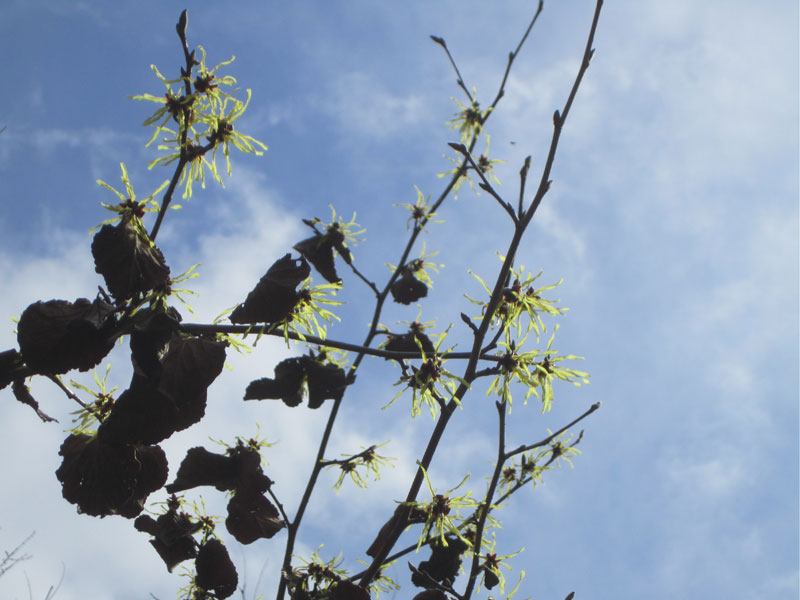
Witch Hazel flowers. While this unusually mild winter may bring to mind global climate change, climate scientists are loath to connect a season's weather with much longer-term shifts in climate. Even so, they say, this weirdly warm winter isn't coming out of the blue; the planet has been warming up. For instance, the last decade, which ended in 2009, was the warmest on record.
Chickweed Flower
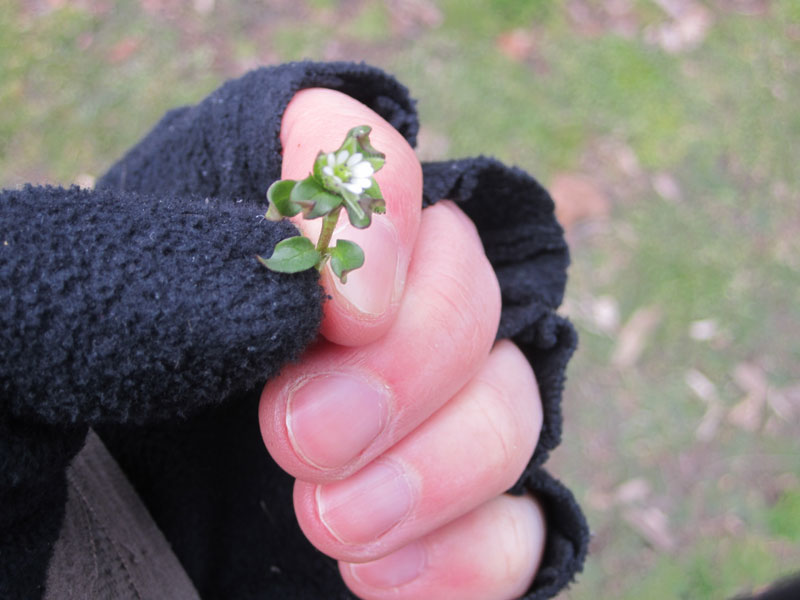
A chickweed flower. This low-growing annual tastes of corn silk. It's not just the timing of leaves and flowers that Brill has seen change over the 30 years he has led his tours. Given an early start on flowering, berries now ripen earlier in the fall. "The whole cycle is different," he said.










